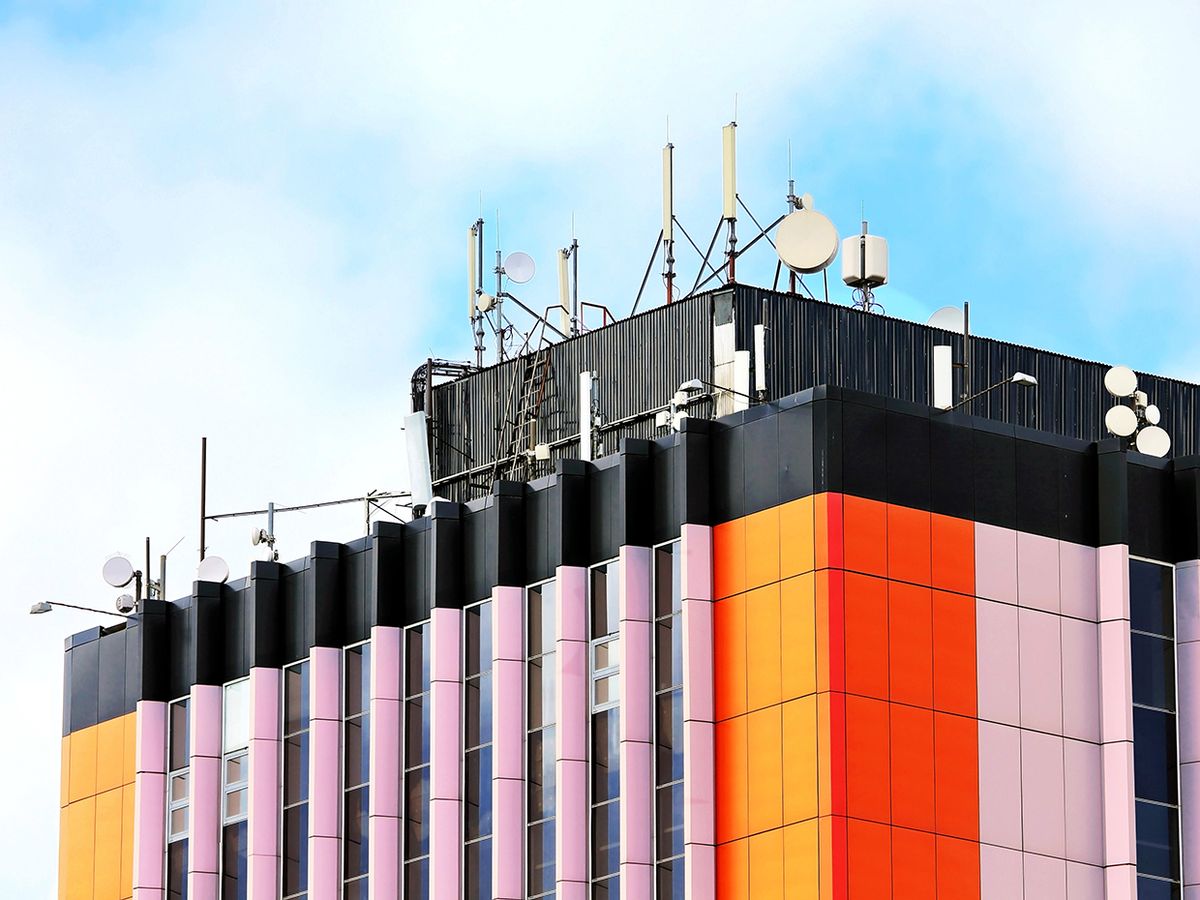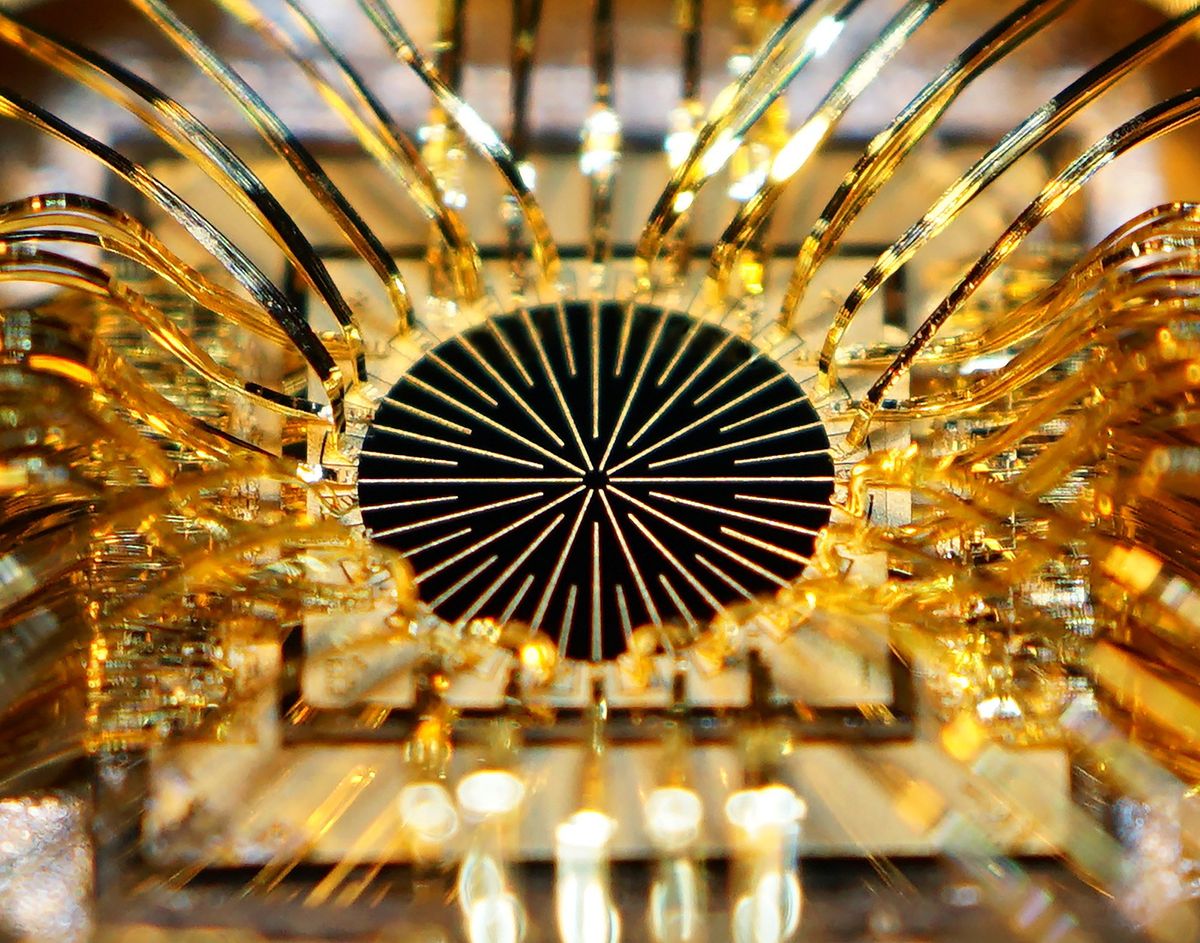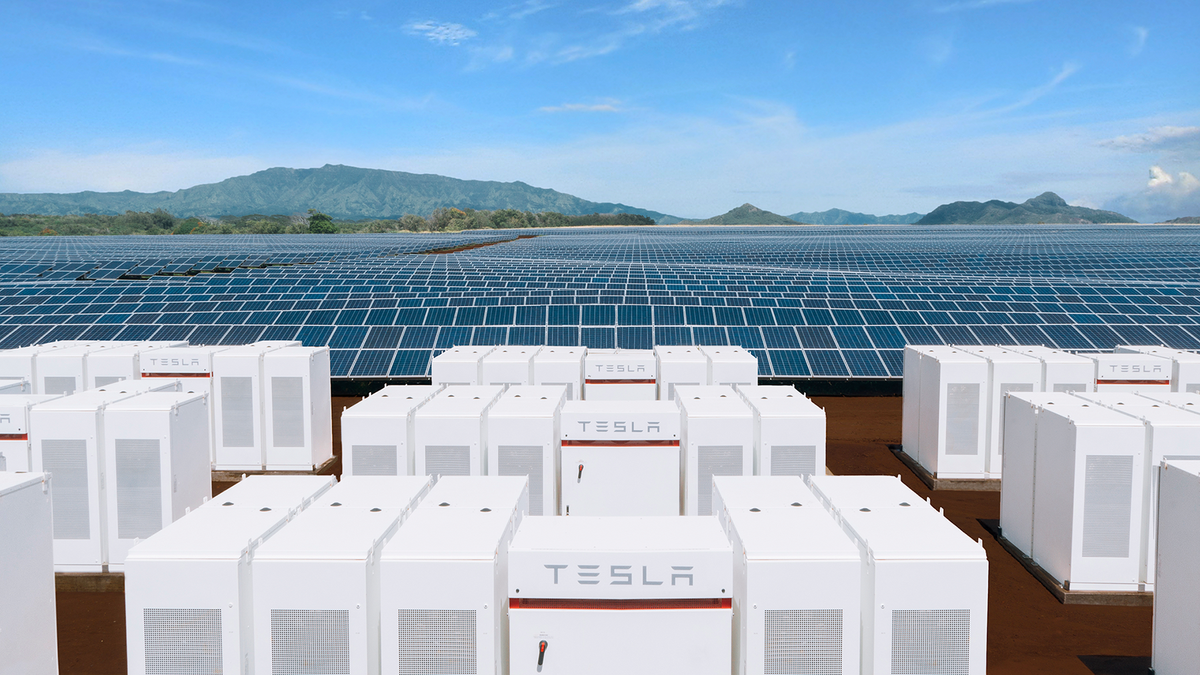Wireless engineers and telecommunications executives are making more promises about the possibilities of 5G, but behind the scenes, they’re still working out what exactly 5G will look like. The 3rd Generation Partnership Project (3GPP), a global collaboration between several telecommunications organizations, has now begun to outline the extensive specifications required to build and deploy functioning 5G networks.
With a steady stream of news trickling out—South Korea will deploy a 5G test network during the Winter Olympics, and AT&T will provide mobile 5G service in a dozen cities by the end of the year—it falls to 3GPP to deliver the technical blueprints that will make those promises a reality.
3GPP definitely felt the pressure to deliver standards in the wake of such announcements. “The fear was that so many countries would want to develop 5G, they would develop regional standards,” says Balazs Bertenyi, the chairman of 3GPP’s Radio Access Network Technical Specifications Groups. “That would be two steps back.” Countries including Korea and Japan—and companies like Verizon—are so eager to bring 5G to market that the 3GPP work groups accelerated their plan and brought their first specifications to the world in December.
The first set, completed just days before Christmas, outlines the specifications for building non-stand-alone versions of 5G New Radio (NR). NR is the backbone wireless standard for 5G, in the same way LTE is for 4G. As 5G service is rolled out by countries and companies, NR will first build upon today’s LTE networks, expanding and improving existing coverage. The primary goal is to enable enhanced mobile broadband by using 5G small cells to boost the data rates of an LTE anchor.
This was an important first step for 3GPP, says Bertenyi, because manufacturers will want to dip into 5G by initially selling technologies that rely on existing LTE networks. Then everyone, including chipmakers and small-cell developers, can begin building their physical components while 3GPP sorts out the software specifications and, eventually, stand-alone versions of 5G NR that are wholly separate from 4G LTE networks.
Those specifications for stand-alone 5G NR will come in June, and in the next few months, there’s plenty to do. In a way, this will be the biggest leap for 3GPP. “Right now, we only have the parameters to configure 5G as an add-on,” says Bertenyi. But by June, they’ll have to figure out the specifications for how to make 5G work all on its own.
“We have to figure out what we’re going to do and how much time we’re going to give to each item,” says Wanshi Chen, the chairman of one of the 3GPP Radio Access Network work groups tasked with creating the physical layer specifications needed for 5G. “We can’t do all of them, that’s a given.”
That’s because 5G opens the door to so many new opportunities. 5G’s potential to deliver more bandwidth and faster data rates could revolutionize fields such as autonomous vehicles and remote surgery. Given all of that, 3GPP must decide which are the most pressing specifications for each area, and which can be left to be developed by specific industries.
One of the top items on 3GPP’s list is vehicle-to-everything, says Chen. Vehicle-to-everything, or V2X, is a set of technologies that allow vehicles to communicate with many types of connected objects, whether that’s infrastructure or another vehicle on the road. With the growing focus on self-driving cars, there’s a need for those cars to be able to communicate seamlessly with their surroundings. Tackling V2X is such a high priority for 3GPP that it’s collaborating with the 5G Automotive Association to guarantee that the developed specifications provide what autonomous vehicles need to be successful.
Other 5G specifications will dramatically increase the capabilities of the Internet of Things. Currently, machine-type communications (MTC) facilitate conversations between smart objects. 5G will pave the way for massive machine-type communications, which could support 1 million devices in a single square kilometer, far more than 4G’s MTC capabilities even in ideal circumstances.
But for Chen and Bertenyi, perhaps the most exciting aspects of 5G are developments in the physical layer of the network. Bertenyi is excited about 5G’s ability to operate on higher frequency bands and wider channel bandwidths. With 5G, much of the focus is on millimeter waves—shorter, higher-energy wavelengths than what 4G can handle.
Chen also sees spectrum sharing as a crucial way to squeeze the most out of the available spectrum. Rather than block off chunks of the spectrum wholesale for use by a specific source, spectrum sharing will use available broadband to share resources as they’re needed by different broadcasting sources. Chen says 4G LTE can support rudimentary spectrum sharing; the additional bandwidth opened up by 5G will make it even easier.
There is a tremendous amount of remaining work, which makes 3GPP’s goal of releasing stand-alone 5G NR specifications by June, then issuing another release in December to more thoroughly flesh out those specifications, seem a bit ambitious. But Bertenyi emphasizes that neither of those releases will mark the end of 3GPP’s work on 5G.
“It’s not going to happen overnight,” he says. “We’re coming out with a fundamental basis.” For years, 3GPP will continue to revise and update specifications as the uses—and demands—for 5G become clearer. After all, 4G wasn’t specified overnight, and 5G won’t be either.
Michael Koziol is an associate editor at IEEE Spectrum where he covers everything telecommunications. He graduated from Seattle University with bachelor's degrees in English and physics, and earned his master's degree in science journalism from New York University.



